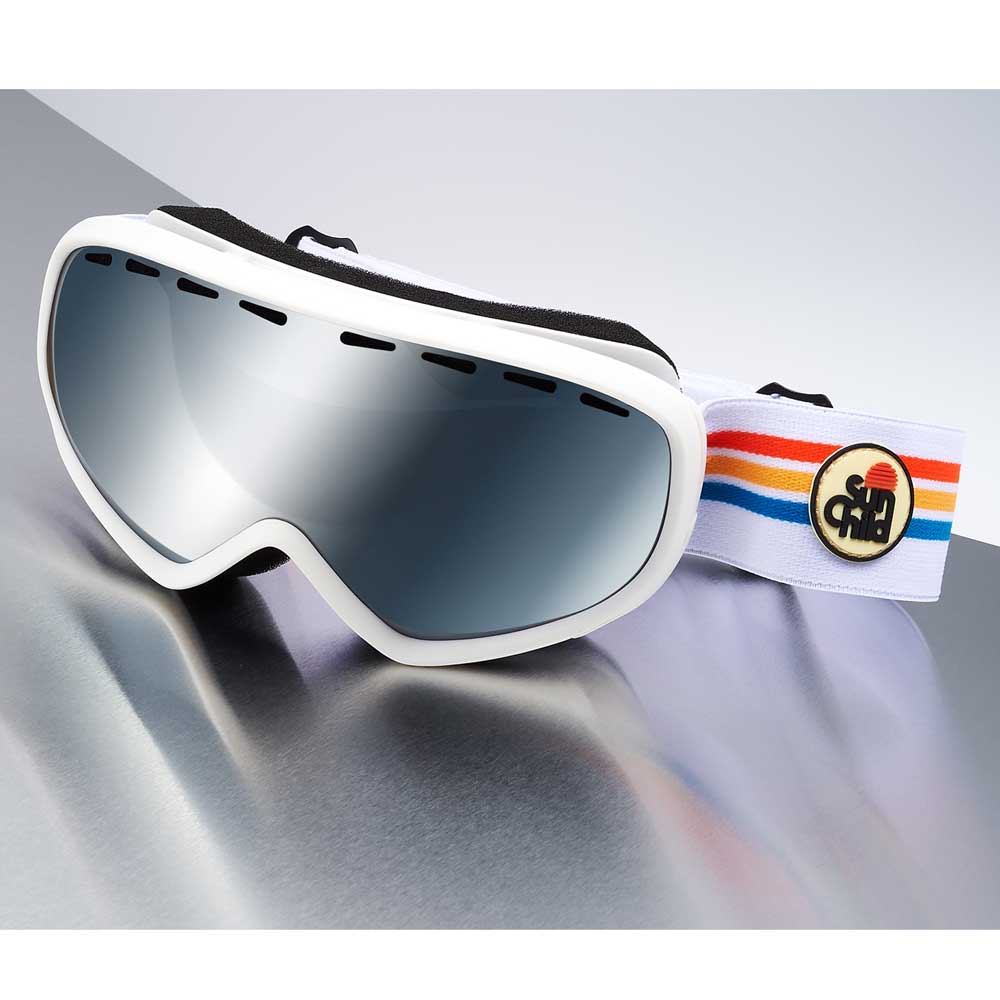Varionet News
Reasons, causes and solutions for presbyopia
WHAT IS PRESBYOPIA AND WHEN TO WEAR GLASSES
You are over 40 years old, and maybe you noticed that when you read a newspaper, a book or your phone, you had some difficulty distinguishing the letters clearly? This is due to the appearance of a vision disorder . More precisely the presbyopia !
To be sure, it's very simple!
Time change: what are the consequences for my vision?
Why use degressive reading glasses?
Degressive glasses, complementary glasses for wearers of progressive lenses
Degressive reading glasses, also called proximity glasses, mid-distance or depth-of-field glasses, are the result of innovative glass technology. Indeed they make it possible to rediscover a clear and sharp vision over several distances:
Eye strain at work: causes, symptoms and solutions after summer vacation
What is eye strain?
Eye strain, also known as visual fatigue or asthenopia, occurs when we overuse our eyes, especially when working on a screen. It results in fatigue of the ciliary muscle, responsible for focusing, which leads to blurred vision, discomfort, and other symptoms.
World Day for Safety and Health at Work
Every April 28th is World Day for Safety and Health at Work. This day is recognized by the International Labor Organization (ILO) and aims to promote the prevention of work accidents and occupational diseases.
This day not only pays tribute to the victims of work accidents and various occupational diseases, but it is also an opportunity for companies, unions, governments and prevention organizations to raise awareness among employers and employees about the importance of safety and health at work .
The Impact of Daylight Saving Time on the Eye and Vision
Every year, France, like many European countries, adjusts its clocks at the end of March to "daylight saving time." This change, while widely accepted as a mere formality, can have unexpected repercussions on our health, particularly our eyes and vision. In this article, we will explore the effects of the time change on eye health, biological rhythms, and vision.
Spring and eye irritation
Spring is coming. After a long, rainy winter, we're rediscovering the benefits of sunshine, the wonder of blooming flora, and we've wandered through the countryside, the city, the sea, and the mountains.
Protect yourself from eye allergies!
Spring is coming and with it beautiful flowers! these make the eyes happy for some but for others they are synonymous with eye irritation, dryness or allergies.
- What is an eye allergy?
eye allergy is a abnormal reaction happening at eye level. When in contact with an often foreign substance.
QUARANTINE: A KEY MOMENT
Often, the first discomfort is felt when returning from vacation: when the light decreases, after summer or following a sudden fatigue. Suddenly, you can no longer read the newspaper, restaurant menus or notices just by holding them at arm's length.
Don't panic, it's normal and natural!
Choose your sunglasses wisely!
Myopia
The myopic eye
Myopia is a visual abnormality identified since antiquity by Aristotle. This is refractive disorder more common in the world . Some ophthalmologists even speak of a global epidemic: according to a study conducted by the University of Canberra (Australia) 90% of young students in developed countries in Asia are myopic against 30% in the 70s. This phenomenon is found all over the world, in the USA the population of myopes has increased from 25 to 45%.
The heatwave explained by Varionet
What is the heatwave?
A heat wave is defined as a level of very high heat during the day and night for at least three consecutive days . The definition of a heat wave is therefore based on two parameters: heat and duration.
What are the risks associated with the heat wave?
If you are exposed to high heat for too long you risk severe fatigue , dehydration or heat stroke , see hyperthermia .
The most fragile people and those most exposed to heat are particularly at risk .


